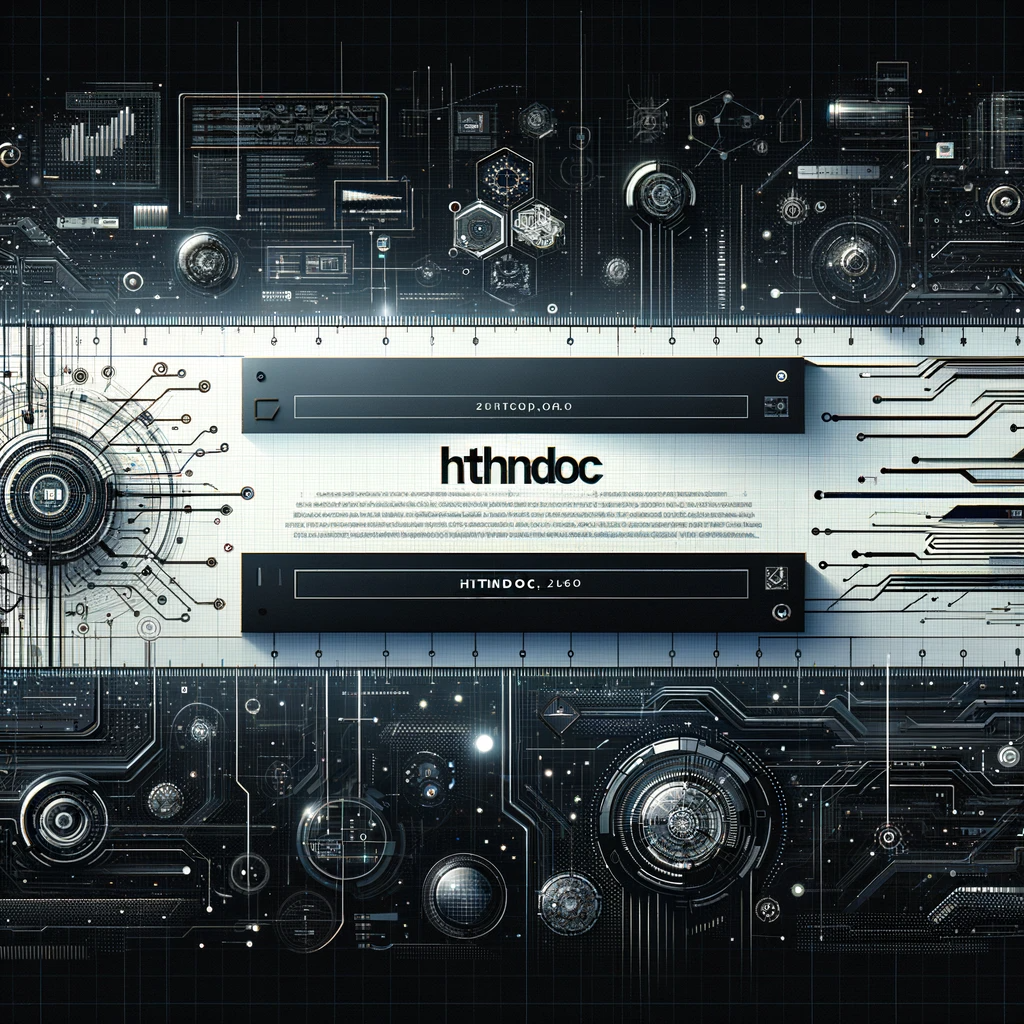I traveled in a Hyundai Ioniq 5 with wheels that move laterally
The e-Corner system by Hyundai Mobis could potentially make its way into a car near you by the end of the decade.
When I was a kid, I wanted a Ferrari Testarossa. As a teenager, I might have said James Bond's tricked-out Aston Martin DB5 would be my choice. Today, I have a new answer: a Hyundai Ioniq 5 with magic wheels that move laterally.
Because when you have four wheels that can move sideways, dear reader, alluring possibilities open up.
Ease in parallel parking because you can simply slide sideways into a space! Never having to reverse in a parking lot because you can just turn on yourself. Never needing to adjust your parking position in a standard space because the rear of your vehicle can slide out faster than the front for a perfect entry every time (theoretically). Diagonal driving to avoid obstacles without swerving or lane changing without lateral roll.
Are you skeptical? I am too! But much less skeptical than I was before trying out Hyundai Mobis' e-Corner system at CES 2024.
I wasn't allowed to drive the car, but I sat in the front passenger seat and observed the whole operation. My driver pressed a button on a touchscreen tablet corresponding to his special maneuver: "Crab Drive" to move laterally, "Zero Turn" to turn on itself, "Pivot Turn" to slide backward in a controlled skid, and so on. The driver doesn't have to steer each wheel individually; it's computer-controlled and looked just as straightforward inside the cabin as it did outside.
Could you accidentally hit someone this way? It certainly seems like a possibility, but Hyundai Mobis envisions that the cars will contain cameras, additional sensors, and even projectors to warn others of your car's movement.
In case it's not obvious, what happens here is that each wheel works mechanically independently of the others. There are no axles, no steering linkages, no shared motors: each wheel has its independent drive motor, its steering motor, its suspension, and its brakes. Everything is electronically connected with an electronic steering system, with a computer rotating each mini steering column and turning each wheel the right amount for the curve you're trying to make.
All of this means this isn't a system you'll ever see on a gasoline vehicle: it's exclusively for electric vehicles, which don't need axles to transfer power from an internal combustion engine.
But axles still have their use. The regular Hyundai Ioniq 5 still has them, for example, and you can fit a much larger electric motor around an axle than you can inside a wheel.
This might be one reason why Lee Seung-hwan, VP and head of advanced engineering at Hyundai Mobis, says we shouldn't expect to see this technology on a sports car. He admits one of the system's weaknesses is high-speed driving, which isn't something you'd find in a car that should reach 200 or 300 kilometers per hour. In fact, he says it's only been tested up to a maximum of 80 kilometers per hour so far, or about 50 miles per hour.
But he says he still has a couple of years to bring it to market, and the hope is to get it closer to South Korea's current highway maximum speeds of 110 kilometers per hour.
And what about battery life? Tire wear? Surprisingly, Lee and his team say those aren't major concerns; they expect some slight additional tire wear but say "battery usage is in the general range" despite the added motors.
The biggest surprise concerns price: "I don't think the price of this system is much higher than the regular system," Lee tells us. He didn't speculate on a number, but after much pressing, he held that it would cost only slightly more.
Hyundai isn't committing to building this car by itself. Its subsidiary, Hyundai Mobis, is an automotive component supplier that hopes to sell this technology to automakers worldwide starting in 2026. Lee estimates it will take two or three years after that date to see it on the road.
Could we have it by the end of the decade, then? I sincerely hope so. I think it'll be hard for many automakers to intentionally sell a slower vehicle in exchange for a system like this, but it would be the reason to buy such a car for people like me.
Hey, even Sony's Afeela electric car could benefit from something as obviously desirable as this.





